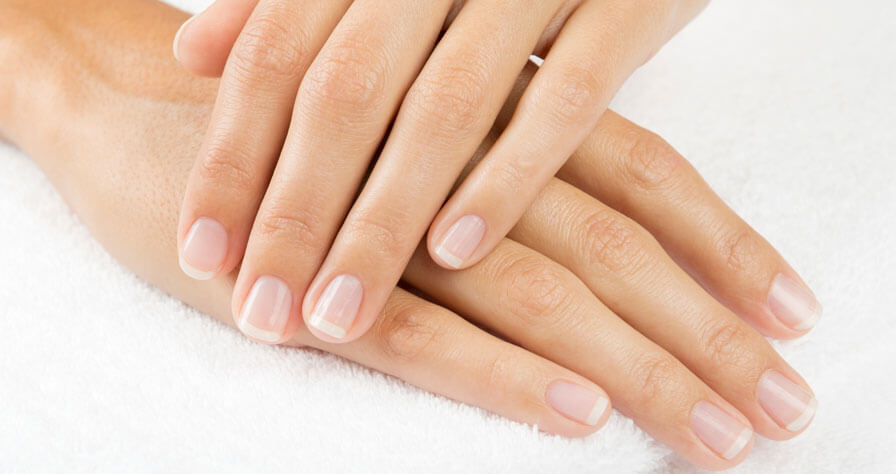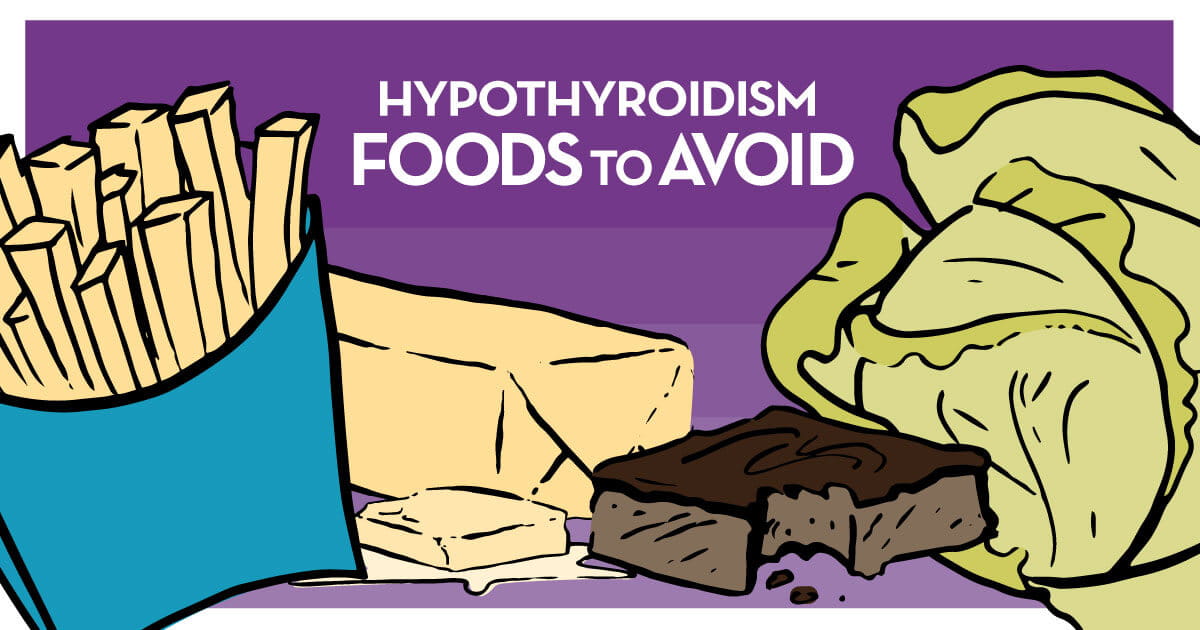Hair, Skin & Nails Health

Even if a bad hair day turned into weeks of untamed tresses, you probably wouldn’t think to call your doctor. The same might be true if you noticed changes to your skin or nails. We tend to dismiss problems with our hair, skin, and nails as being temporary nuisances – and most of the time we’re right. But other times, these external features hint at what’s happening inside the body, signaling health conditions, such as thyroid disease, diabetes, and heart disease.
Is your body sending you a message? Read on to learn what your hair, skin, and nails might be telling you.
Hair: Everyone loses 50-100 strands of hair daily. Stress, iron deficiency or hair styling damage can cause additional hair loss. But if your hairbrush has been alarmingly full lately, a health condition may be to blame.
Hair loss can be a sign of hypothyroidism, a condition in which the thyroid gland fails to make enough thyroid hormone. These hormones regulate metabolism, the rate at which the body turns energy into food.
An underactive thyroid causes bodily functions – including hair growth – to slow down. In people with hypothyroidism, hair becomes thin and also feels dry and brittle, the result of the body producing less sebum from sweat glands in the scalp.
Hypothyroidism develops so slowly that symptoms – such as dry skin, fatigue, and weight gain – may be difficult to notice. Because hair doesn’t grow continuously, instead of following the months-long cycle of growth and rest periods, hair loss may not occur until several months after the onset of hypothyroidism.
The good news: Hypothyroidism is controllable with medication, and hair loss will likely grow in with time. A blood test will determine whether you have a thyroid disorder.
Hypothyroidism is more common in women than in men. Many men, of course, lose hair as they age, but that doesn’t mean they should assume hair loss is normal. Studies suggest that men who are bald on the top of the head are at a higher risk for coronary heart disease. Younger men, especially, should keep tabs on other heart disease risk factors, such as being overweight an having high blood pressure or cholesterol.
Skin: One in 10 Kentuckians has diabetes, like more than 29 million people nationwide. Yet more than a quarter of those with the disease haven’t been diagnosed. Skin can offer some of the earlier clues to a diagnosis of diabetes, a disease marked by high blood sugar.
When it removes excess blood glucose through urination, the body loses fluid, causing dry skin. Dryness leads to cracking and itching, which in turn, can lead to infection, as diabetes can cause nerve damage that limits the body’s ability to feel pain from injuries. Additionally, blood glucose promotes the breeding of bacteria and fungus.
Those reasons explain why up to a third of people with diabetes experience skin conditions, including:
- Styles around the eyelids and boils around hair follicles, caused by bacterial infections
- Athletes foot, jock itch and vaginal yeast fungal infections
- Itching in the lower legs
- Darkened patches of skin on the sides of the neck, armpits, and groin called Acanthosis nigricans
But skin issues alone don’t warrant a diabetes diagnosis. These problems have benign causes, too. See a doctor and take a simple blood test to determine if you have diabetes.
Nails: Unsightly nails might need more than a manicure. While many nail abnormalities can be explained by injuries or nutrient deficiencies, others are signs of underlying health conditions. These symptoms may be worth a visit to the doctor, not the nail salon.
Changes in color: Healthy nails maintain consistent color. Look for nail changes to the lunula at the base of your nail. A “little moon” that’s red instead of white could be a sign of heart failure, among other issues.
If your nail turns mostly white, a condition known as Terry’s nails, that’s a possible sign of health conditions like diabetes or congestive heart failure. When the nail lifts away from the nail bed and causes the separated portion to become opaque white or discolored (onycholysis), that’s a sign of a thyroid disorder.
Nail fungus: Poor circulation and lowered ability to fight infection make people with diabetes vulnerable to a fungal infection call onychomycosis. While nail fungus is also common in people without diabetes, those who do should take it seriously; as infections can lead to more serious complications.
Changes in texture: Although even healthy nails aren’t always perfectly smooth, the lines and ridges on your nails may have significance. The horizontal grooves (Beau’s lines) indicate where nail growth has been disrupted, sometimes by diseases like diabetes. Watch, too, for changes in thickness of nails: thin, brittle nails are a sign of hypothyroidism, otherwise known as an underactive thyroid.
Learn more about the services that Baptist Health offers.



